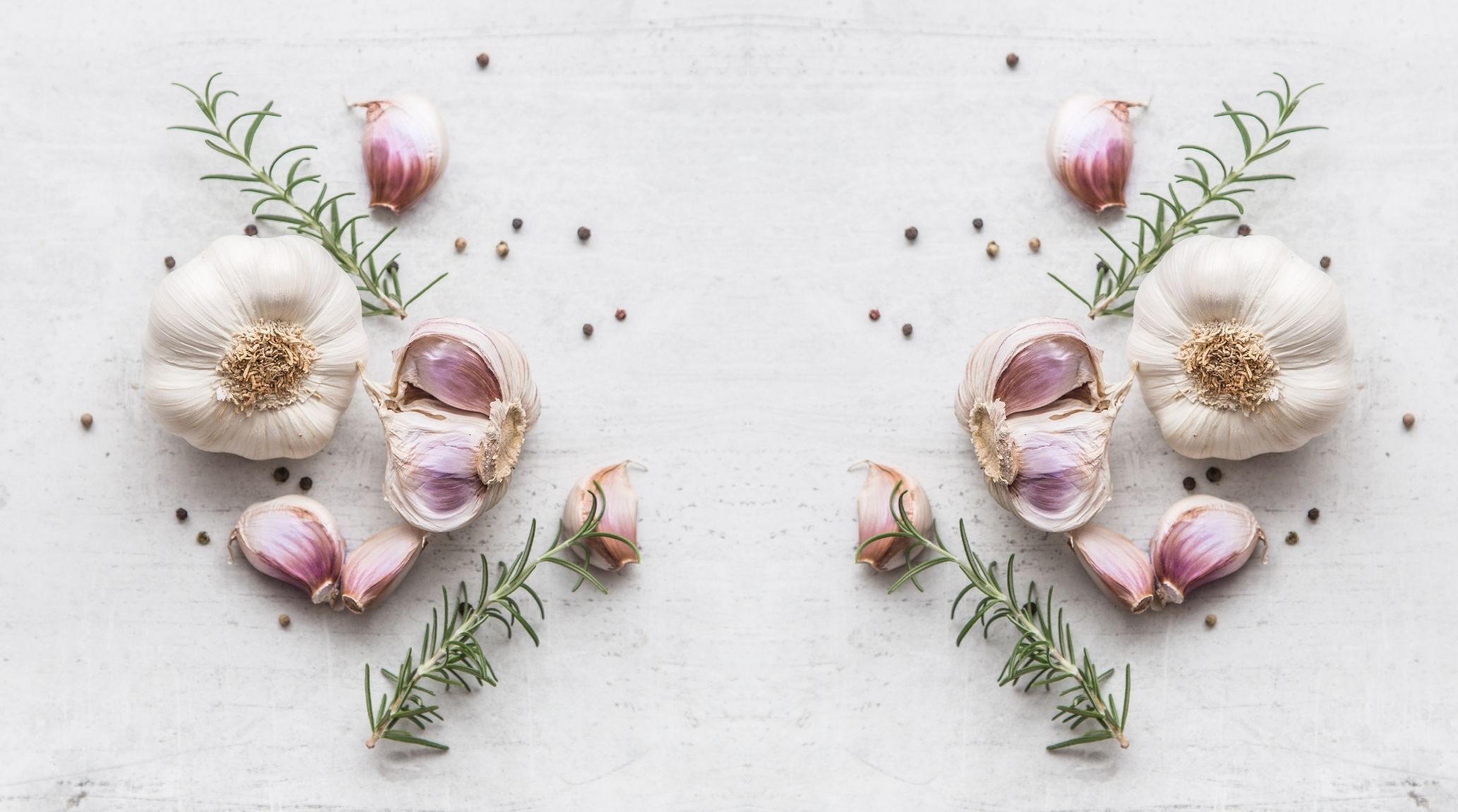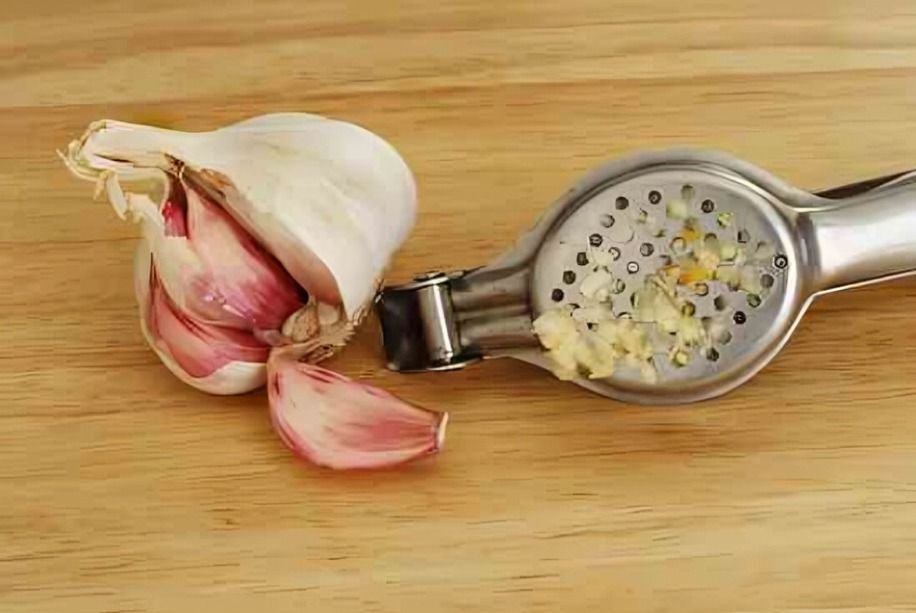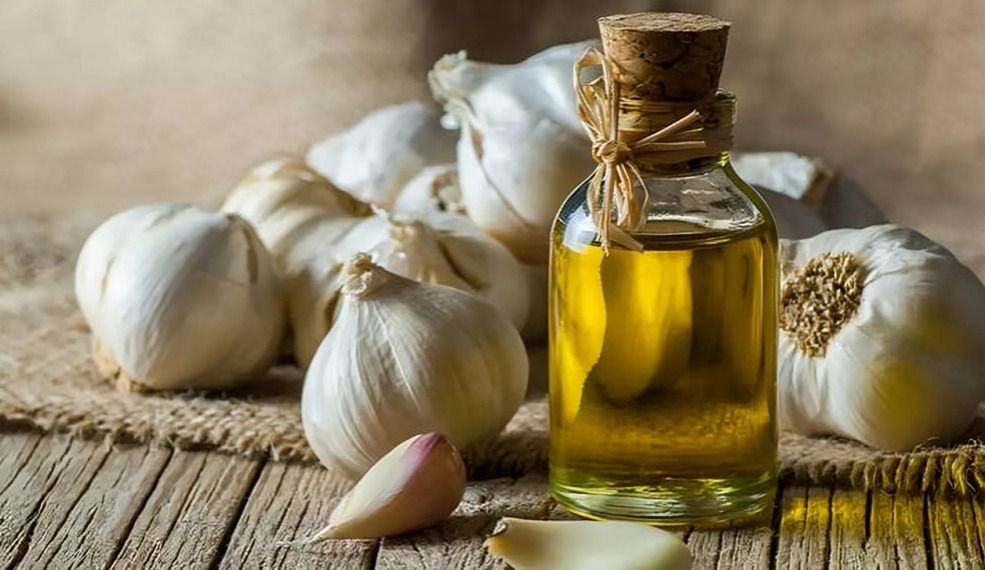
“
Garlic is more than just a flavorful ingredient in your favorite dishes—it's a powerhouse of history, health benefits, and fascinating facts. Used for thousands of years across various cultures, garlic has earned its place not only in the kitchen but also in medicine, mythology, and even superstition. In this blog, we'll explore 20 interesting facts about garlic that will deepen your appreciation for this versatile herb. 1
1
1
”
Garlic, scientifically known as Allium sativum, is a unique plant with a long history. Related to onions, leeks, and chives, it stands out for its distinct flavor and notable health benefits. 1
China dominates the global garlic market, producing nearly two-thirds of the world’s supply. With its vast fields dedicated to garlic cultivation, China has firmly established itself as the world’s leading garlic producer. 2
Garlic contains sulfur compounds that naturally repel insects. Farmers use garlic in organic gardening to deter pests such as aphids, spider mites, and mosquitoes, making it a valuable tool for pest control. 3
Garlic is renowned for its skin-clearing properties due to its high levels of antioxidants and anti-inflammatory compounds. It helps reduce acne and blemishes by combating bacteria and promoting healthier skin. 4

Allicin, the active compound in garlic, is formed when garlic is crushed or chopped. This sulfur-containing compound is responsible for garlic’s strong aroma and is linked to its numerous health benefits.
Garlic contains antioxidants and compounds that have been shown to reduce the risk of certain cancers. Research suggests it may be particularly effective against stomach, colorectal, and esophageal cancers. 5
Garlic, originating in Asia, is among the oldest cultivated crops in history. It has been grown for thousands of years, valued for its culinary uses and medicinal properties across various cultures around the world. 6
Garlic has natural antimicrobial effects, making it effective against a range of bacteria, viruses, and fungi. This makes it a useful addition to both dietary and topical treatments for infections. 7
The longest garlic string, measuring 612.70 meters, was created in Alexandroupoli, Greece, by the Agricultural Cooperative and Evros Chamber of Commerce during the Alexpo 2018 fair, showcasing Evros' renowned garlic production. 8
In 1995, garlic was taken to space aboard the Mir space station. This experiment aimed to study how plants, including garlic, grow in microgravity and how their chemical properties might change. 9
Garlic is best consumed raw to retain its potent compounds like allicin, which provide its distinctive flavor and health benefits. Cooking can diminish these properties, reducing its effectiveness and nutritional value.10
Garlic comes in two main types: hardneck, with a robust flavor and flowering stalk, suited for colder climates, and softneck, with a milder taste and longer shelf life, ideal for milder regions and braiding. 11
Some research suggests that garlic can improve exercise performance by increasing endurance and reducing fatigue. This is thought to be due to garlic’s ability to enhance cardiovascular function. 12
Garlic was used as a medicinal remedy in ancient Egypt and Greece. It was believed to have protective and healing properties, and even ancient Greek athletes consumed garlic to enhance their performance. 13

Garlic oil, extracted from crushed garlic cloves, carries many of the same health benefits as raw garlic. It is often used in cooking and supplements for its potential to improve heart health and reduce inflammation.
California is the leading producer of garlic in the United States, growing the majority of the country's supply. Its favorable climate and fertile soil make it ideal for large-scale garlic cultivation.14
Garlic is harmful to both cats and dogs, as it contains compounds that can cause gastrointestinal upset, lethargy, and more severe health issues in pets.Pet owners should avoid giving garlic to their pets.15
Garlic is often used in hair treatments to promote hair growth and address dandruff. Its rich array of vitamins and minerals, combined with its antimicrobial properties, helps to enhance scalp health. 16
Garlic is typically planted in the fall, about 4 to 6 weeks before the first frost, or in late winter in warmer regions. It takes 8 to 9 months to mature, with harvest time when the lower leaves yellow. 17
Garlic can temporarily alter your sense of taste. After consuming a significant amount of raw garlic, your taste buds may become less sensitive to sweetness, making foods taste less sweet than they normally would. 18


